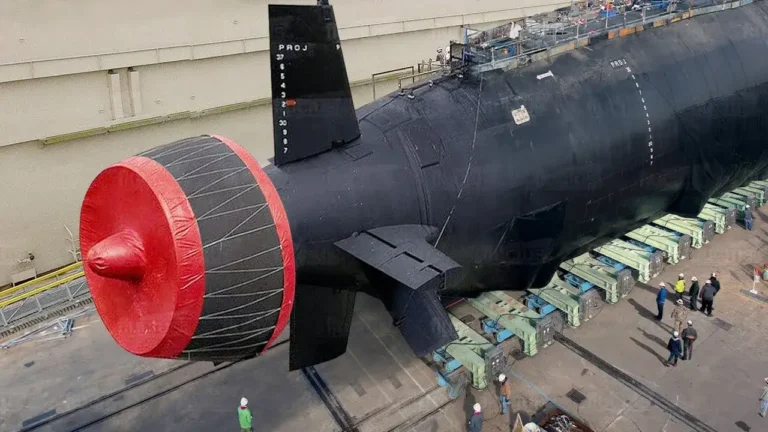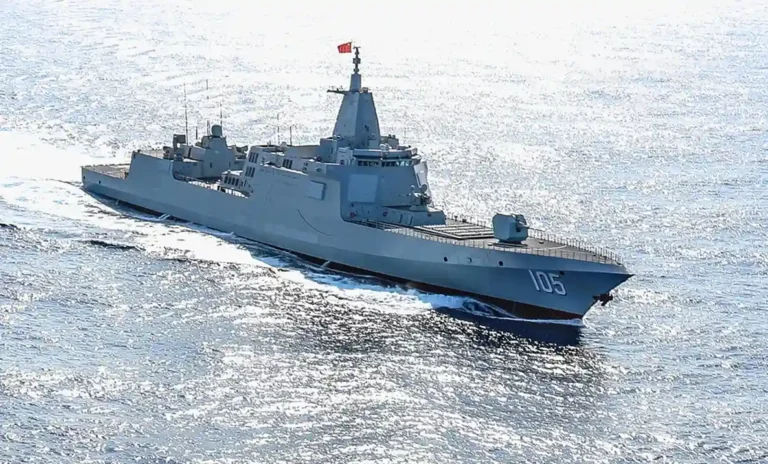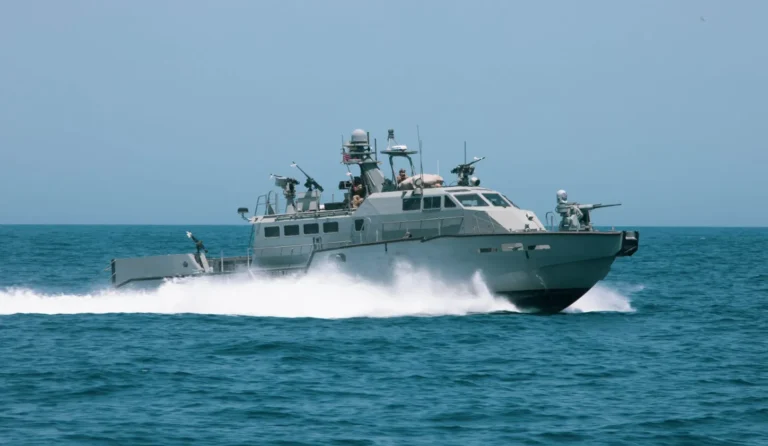Follow Us:
Share
Table of Contents:
Defense Feeds – In this post, we will continue our previous discussion on how could it be possible the submarine punches a solid-Arctic ice? what actually should be done by the submarine commander’s?
As generally known that the arctic environment is quite unique and presents numerous challenges. It requires focus to ensure that the commander conduct every surfacing safely and effectively.
Therefore, what become the first order for a submarine commander’s may be to avoid punching through ice altogether and to find the right ice location. A sub that requires to surface can try to identify open water with the support of a device provided by the National Ice Centre.
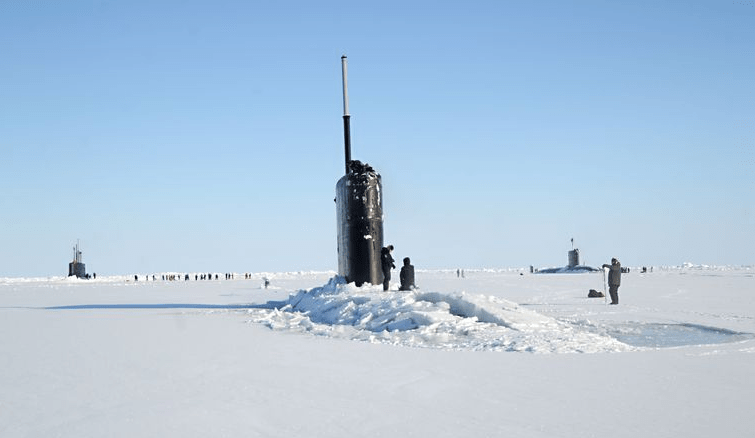
It’s called the Fractures, Leads, and Polynyas (FLAP) analysis, and this tool predicts where open water could be found in cold places. The FLAP research utilises satellite data and forecasting software to anticipate where open water will be several days ahead of time.
Before disappearing deep below the surface, out of radio communication range, a submarine receives this data to learn about the open ocean it will likely encounter throughout the operation.
However, if no open water or fractures can be identified, a submarine needs to move to another plan. As the U.S submarine employs various systems such as sidescan sonar, temperature, conductivity and pressure detectors, as well as Submarine Remote Video System, these tools could help them to find the ideal location to break through the ice.
In addition, the Submarine Remote Video System can provide the final check before submarine tries a breakthrough. This video system uses a low-light camera to keep an eye on the ice from below. The ice seems smooth on the surface, but it’s plagued with ridges and ‘keels’ that stretch down as far as 60 feet and represent a threat to any surfacing submarine.
As a result, the submarine’s crews prepare for its Arctic uppercut after discovering a promising breaching spot with its arsenal of detection technology.
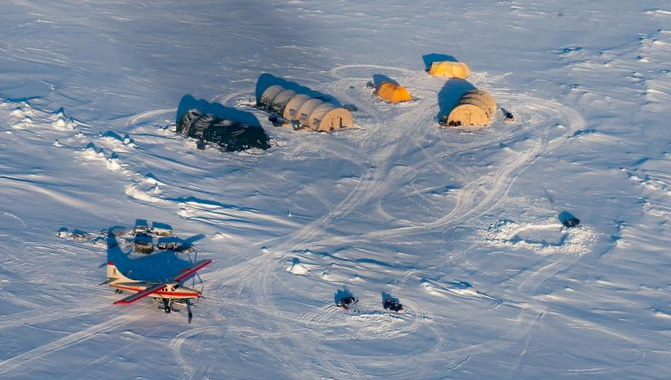
As the last point, busting through Arctic ice seems to be a challenging task. If the ice isn’t too thick, then the sub can surface pretty rapidly. It rises from a depth of 70 feet in about ten seconds, the sub strikes the ice and breaks through immediately.
However, when comes into thicker ice, the submarine rises slowly from under the surface until the sail is in contact with the ice. This might take surfacing manoeuvre a while in order to choose the right spot and absolutely the crew can hear every single crack sound as the sub breaks through in a minute.
Share
Defense Feeds
Defense Feeds is publication focusing on informing, engaging, and empowering the world by providing accurate information from defense technology.
Powered by Defense Feeds © 2025 – All rights reserved.

